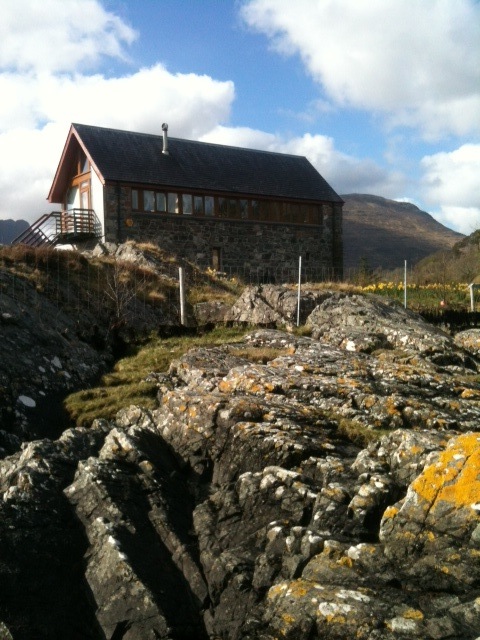
Buildings Outlast Civilisations. Throughout history buildings have been reused and adapted, they survive as culture and civilizations change. The already built provides a direct link with the past; it is a connection with the very building bricks of our society. The existing tells the tale or story of how a particular culture evolved. A simple building may depict a certain moment in time; it may relate the particular sensibility of specific era. A more complex collection of structures may have a much more elaborate story to tell. Jorge Silvetti describes this direct link with the past as part of our “fundamental urban conditionâ€. He links the physical survival of particular elements of any built environment with the spiritual survival of our civilisation, and it is this visibility and durability of the physical man-made environment that are testimonies to the societies that produced them. “At the risk of sounding too partisan and biased, I would say that even in historic times documents were not always available, and buildings (monuments, vernacular constructions, and public works) are themselves important texts, often providing the first and most lasting impression of a culture.â€*
 This little building stands as testament to an earlier period; it was previously the storage and distribution point for the village fuel. Achintraid, which is a small village on the edge of Loch Kishorn, on the North-West coast of Scotland, was once difficult to access by road, and as was the norm for these remote shore-side settlements, most of the important provisions arrived by boat. The coal was delivered to this little building, which is situated in a sheltered but accessible point on the bay, and was then distributed to the occupants of the small village. Nowadays, oil is generally used, it arrives by lorry and the coalhouse is no longer needed. More than a decade ago the little shed was converted into a home. The adaptation is very sympathetic, the materials are local, the walls feel as if part of the rocks and the roof is as grey as the winter loch. The internal organisation also reflects the extreme context; the main living rooms are situated on the upper floor, thus taking advantage of the incredible views across Loch Kishorn to the mountains of Skye. Long horizontal windows at first floor reinforce the orthogonal quality of the building while the small windows at ground level reflect the need for protection against the weather. The house does appear to be a product of its particular situation, but does not resort to pastiche, it is appropriate to its time. I have no idea who designed the conversion.
 Kenneth Frampton, talks about the need for architecture and design to have the…“capacity to condense the artistic potential of the region while reinterpreting cultural influences coming from the outsideâ€. This building does indeed show a great understanding of both place and tectonics, and…â€evokes the oneiric essence of the site, together with the inescapable materiality of buildingâ€.**
*Â Interactive Realms’ by Jorge Silvetti
** Prospects for a Critical Regionalism by Kenneth Frampton

charming little cottage